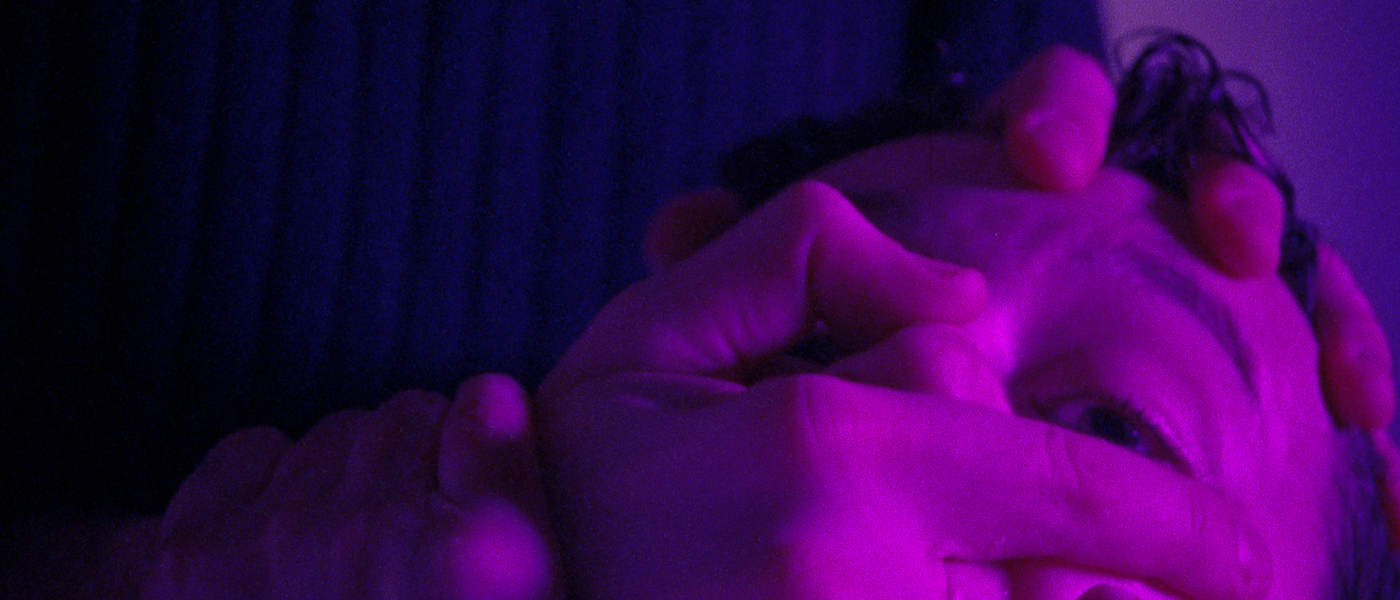About Crocodile
by Léo Ortuno

by Léo Ortuno
With an unsettling character whose violent impulses burst and refrain in a single movement, Dawid Bodzak delivers a sophisticated and chaotic film. This Crocodile sheds his scales to bridge the gap between the slick images of video games and the grain of film. He leaves behind his watery shades of green to indulge in red, purple and pink lights that permeate the film to the beat of a dissonant score that bolsters this frightfully, ambiguously efficient story.
Interview with Dawid Bodzak
“During the pandemic lock down, my girlfriend and I were closed for months in an apartment, both very frustrated and unfulfilled at the time. I needed to exorcise that energy out, so I started to write down long internal monologues, just to not concentrate on constructing scenes, but to feel relief. When the lock down finished and we could finally start to work on my last student film, I wanted to try transforming these anti-dramatic monologues into a film. So, I started to look for a “vehicle” for those topics and characters hidden in the text, looking for a form and genre that will help me transform the internal life into an external film. One of the most important ideas was to use giallo genre motives and clichés. Giallos' most characteristic motive is aestheticizing violence with light, camera movement and all the possible cinematic tools. I used the same motif in the violence scenes in Crocodile, but my aim was not only to aestheticize, but to make these scenes feel grotesque.”
Video game
“The game that You can see in the film is a video game created especially for this film. It was created so that we could record real “game plays” and then use it in film. Games are also places where You can control the character, where you can safely experience things and situations that you can’t experience in real life. I found it a great metaphor of subconsciousness or a place “behind the border” that is crossed in the film.”
Violence
“In Crocodile, violent impulses are the expression of the character’s internal world. I was not calling these scenes fantasies, but rather expressions or metaphors, because fantasies are in my opinion more conscious and unreal and what I wanted from “violent impulses” was to express the unconscious and to be on the edge of reality.
Unfulfillment is a growing monster that will get out in the most unexpected time and form.“